In the ever-evolving world of interior design, certain furniture pieces rise above the noise—not just for their functionality but for their ability to redefine space, aesthetics, and even mood. One such piece that has captured the imagination of designers and homeowners alike is the Butterfly Lounger . With its elegant curves, ergonomic form, and artistic silhouette, the Butterfly Lounger has become more than just a place to sit—it’s a statement.
This article delves into the reasons behind the growing popularity of Butterfly Loungers in modern interior design. We’ll explore how these loungers seamlessly blend form and function, adapt to various design styles, and contribute to the emotional and psychological ambiance of a room. From minimalist lofts to opulent penthouses, the Butterfly Lounger has found a place in diverse environments, proving that great design transcends trends.
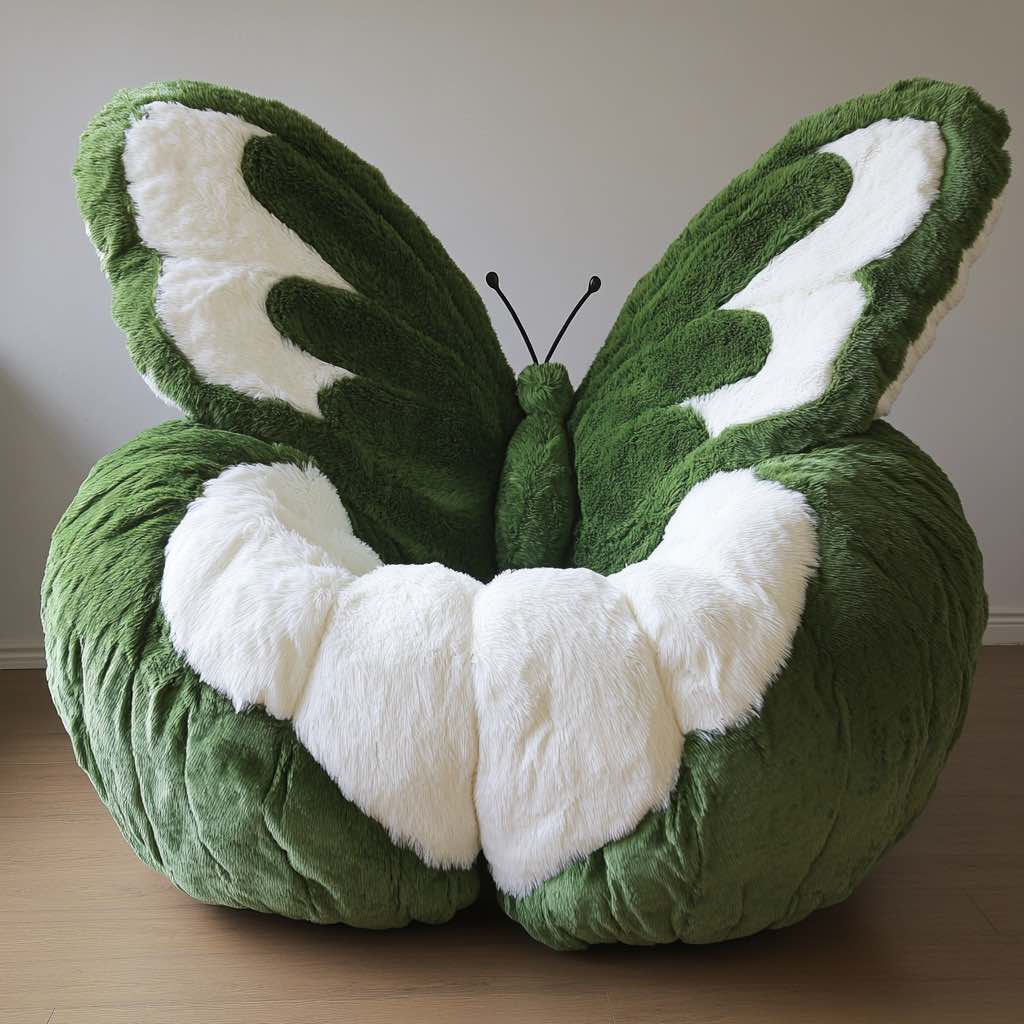
Part I: The Aesthetic Appeal of Butterfly Loungers
Sculptural Elegance Meets Modern Minimalism
At first glance, the Butterfly Lounger commands attention not because it shouts for it, but because it exudes quiet confidence. Its defining feature—two gently curved armrests that resemble the wings of a butterfly—gives the lounger an almost sculptural quality. This visual metaphor of transformation and grace makes the piece feel both timeless and contemporary.
Designers often speak about the importance of negative space—the area around and between objects. The open structure of the Butterfly Lounger allows light to pass through and creates a sense of airiness that complements minimalist interiors. In spaces where clutter is avoided and every object must earn its place, the Butterfly Lounger stands out not only for what it adds but also for what it doesn’t—bulk, heaviness, or unnecessary ornamentation.
Material Mastery and Textural Harmony
Another reason for the lounger’s aesthetic appeal lies in the thoughtful use of materials. Whether crafted from rich leather, soft velvet, polished wood, or sleek metal, the Butterfly Lounger adapts effortlessly to different textures and finishes. Designers appreciate this versatility, as it allows them to match the lounger with other elements in the room without compromising on style.
For instance, a Butterfly Lounger upholstered in deep emerald green velvet can serve as a focal point in a neutral-toned living room, adding depth and warmth. Alternatively, one made from white lacquered wood can blend seamlessly into a Scandinavian-inspired setting, enhancing the clean lines and natural light.
The texture of the materials used also plays a role in the sensory experience of the lounge. A smooth leather finish offers a cool, sleek touch, while a knitted fabric might invite a cozier, more intimate atmosphere. These subtle details contribute significantly to the overall feel of the space.
Color Psychology and Emotional Impact
Color choice in interior design isn’t arbitrary—it’s deeply psychological. The Butterfly Lounger, due to its prominence as a standalone piece, becomes a powerful tool for influencing the emotional tone of a room. Bold hues like mustard yellow or terracotta can energize a space, making it feel vibrant and lively. Softer tones like blush pink or dove gray introduce calmness and serenity.
Interior designers are increasingly aware of how color affects human behavior and emotion. By selecting a Butterfly Lounger in a carefully chosen shade, they can subtly guide the mood of a room—whether it’s encouraging relaxation in a reading nook or stimulating creativity in a home office.
Moreover, the symmetry and gentle curvature of the lounger evoke feelings of comfort and safety. The upward sweep of the armrests mimics the gesture of embracing, creating a subconscious sense of protection and ease. This emotional resonance is part of what makes the Butterfly Lounger so appealing beyond its visual charm.
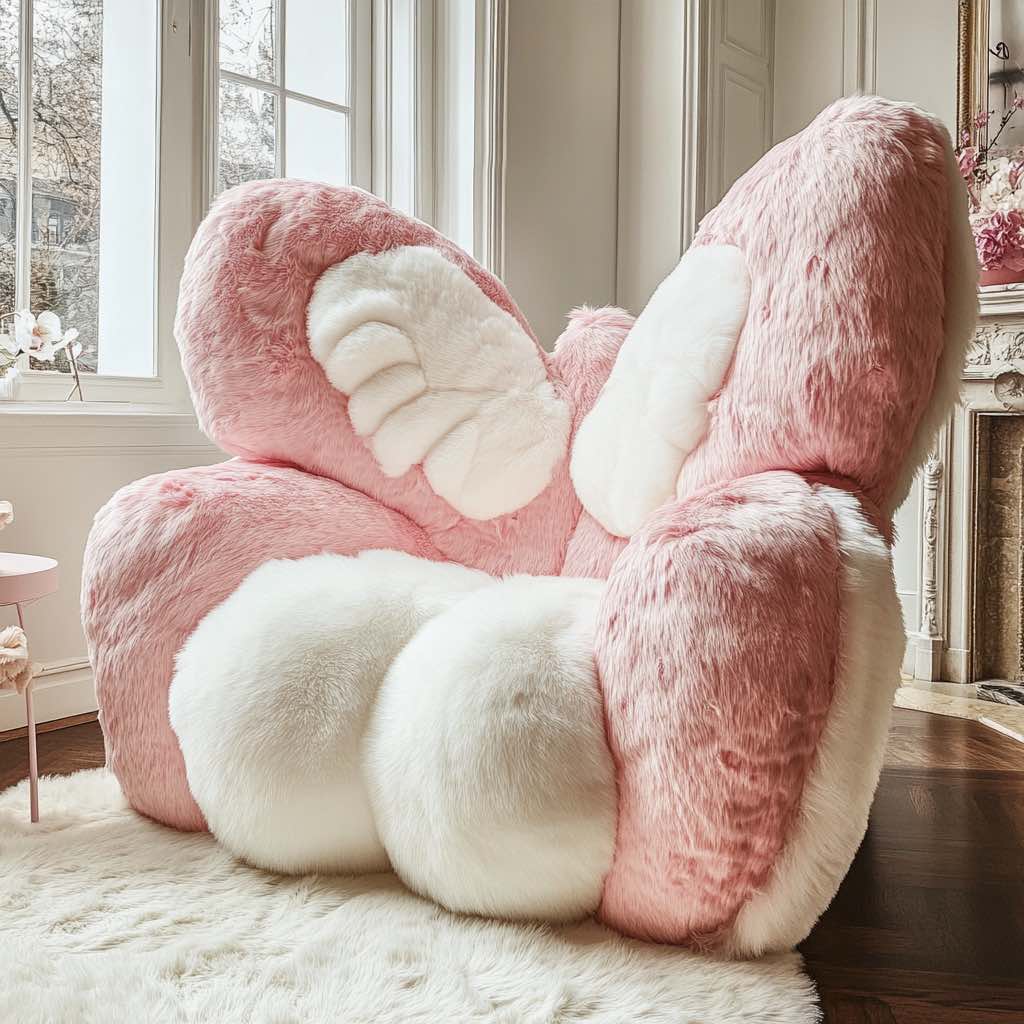
Part II: Functional Innovation Behind the Trend
Ergonomic Excellence Without Compromise
While beauty may draw the eye, comfort keeps people seated—and the Butterfly Lounger excels in both. Designed with ergonomics at its core, the lounger supports the body in a way that feels intuitive and relaxing. The curvature of the backrest follows the natural shape of the spine, while the sloped armrests provide optimal support for the arms and shoulders.
Unlike traditional recliners that often sacrifice elegance for comfort, the Butterfly Lounger maintains a refined silhouette while delivering exceptional seating support. This balance between form and function is a key factor in its rising popularity among those who seek both style and substance in their interiors.
Additionally, many models incorporate adjustable headrests or reclining mechanisms, allowing users to customize their lounging experience. Whether someone wants to curl up with a book or simply rest after a long day, the Butterfly Lounger adapts to their needs without losing its visual integrity.
Space-Saving Design for Urban Living
As urban dwellings become smaller and multifunctional, furniture must evolve to meet new spatial demands. The Butterfly Lounger, with its compact footprint and streamlined profile, fits perfectly into this paradigm. It occupies less floor space than a standard armchair yet delivers the same—if not greater—level of comfort.
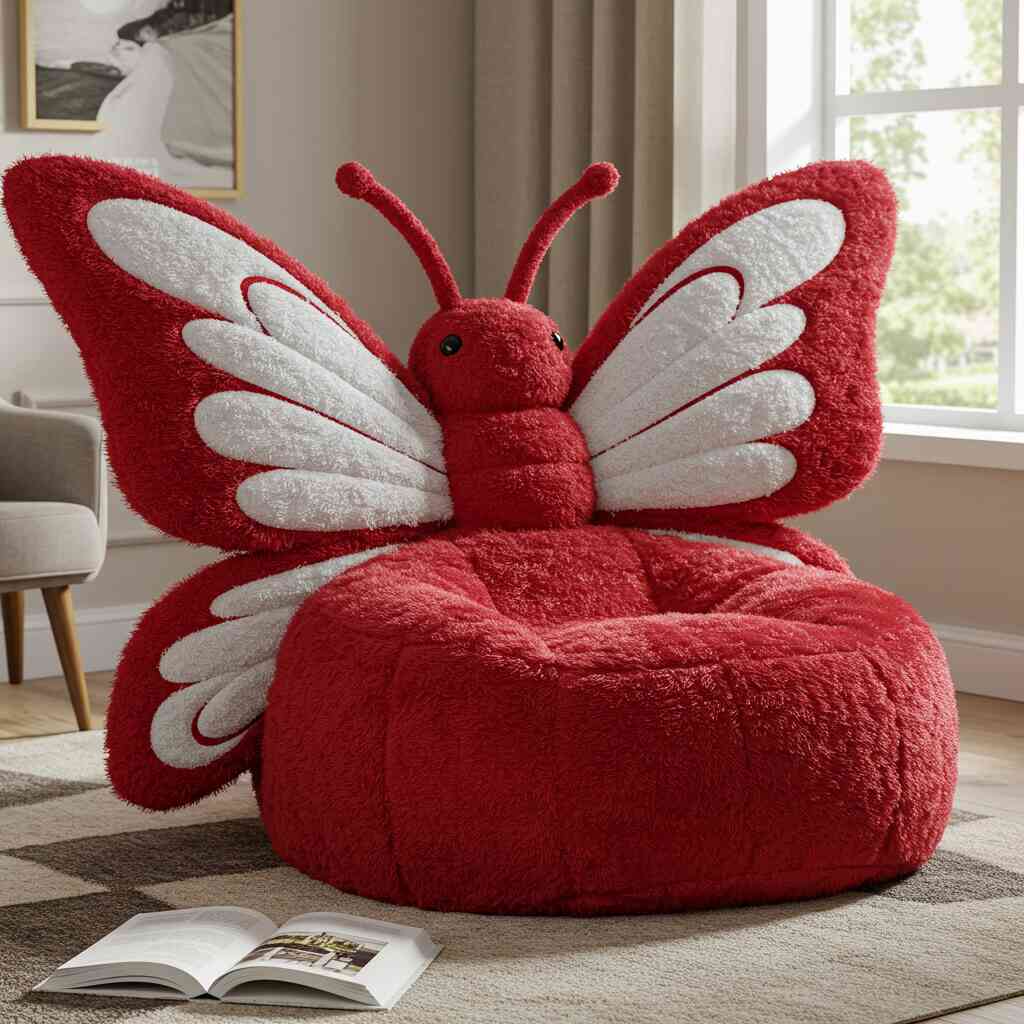
This makes it ideal for studio apartments, compact living rooms, or even bedroom corners. Its freestanding nature means it can be placed anywhere—by a window, next to a fireplace, or in the center of a room to create a dynamic layout. Unlike bulky sofas or sectionals that dominate a space, the Butterfly Lounger invites interaction without overwhelming the environment.
Furthermore, its lightweight construction (in many designs) allows for easy repositioning. This flexibility aligns with the modern desire for adaptable living spaces that can shift with lifestyle changes or seasonal updates.
Integration with Smart Home Technology
In today’s tech-forward homes, even furniture is expected to keep pace with innovation. Some modern iterations of the Butterfly Lounger come equipped with discreetly integrated technology—think USB charging ports, Bluetooth speakers, or even ambient lighting features. These additions enhance user experience without detracting from the lounger’s elegant appearance.
Such integrations reflect a broader trend in interior design: the seamless blending of technology and aesthetics. Rather than having gadgets disrupt the visual harmony of a room, designers are finding ways to embed them within furniture pieces like the Butterfly Lounger. This results in a cleaner, more cohesive look that still meets the practical needs of modern life.

Part III: Cultural and Psychological Resonance
Symbolism and Meaning in Furniture Design
Furniture does more than fill space—it communicates meaning. The Butterfly Lounger, with its namesake inspiration, taps into a powerful symbol of transformation, freedom, and beauty. Butterflies are universally associated with metamorphosis and renewal, making the lounger more than just a seat—it becomes a metaphor for personal growth and change.
In interior design, this symbolism resonates deeply. A room featuring a Butterfly Lounger can feel like a sanctuary for self-reflection and rejuvenation. It encourages moments of pause in an otherwise fast-paced world. This emotional layer enhances the lounger’s appeal, especially in wellness-focused interiors where mindfulness and intentionality are prioritized.
Creating Personal Retreats Within the Home
Modern life often blurs the boundaries between work, leisure, and rest. As a result, there’s a growing need for designated spaces within the home that promote disconnection and relaxation. The Butterfly Lounger naturally lends itself to this purpose.
Placed near a window with a view, surrounded by plants, or paired with a small side table and reading lamp, the lounger becomes a mini-retreat—a place to unwind, meditate, or enjoy solitude. Interior designers recognize this potential and often use the lounger to define such zones within larger spaces.
Even in shared environments like open-plan living areas, the Butterfly Lounger can serve as a visual anchor for a private moment. Its distinct form creates a sense of separation without physical barriers, offering a psychological boundary that enhances privacy and peace.
Connection to Nature and Organic Design Trends
The resurgence of organic design principles in interior spaces has also contributed to the popularity of the Butterfly Lounger. Inspired by natural forms and fluid shapes, this style embraces asymmetry, flowing lines, and biomorphic silhouettes—all of which are embodied in the lounger’s design.
By incorporating elements that mimic nature, interiors become more harmonious and calming. The Butterfly Lounger, with its curvilinear frame and graceful posture, evokes the elegance of natural forms. When paired with other organic elements like wooden floors, linen curtains, or potted plants, it contributes to a holistic design language that soothes the senses.
This connection to nature is particularly important in urban settings where access to green spaces may be limited. Bringing natural aesthetics indoors helps reduce stress and improve overall well-being—an outcome that aligns perfectly with the goals of modern interior design.
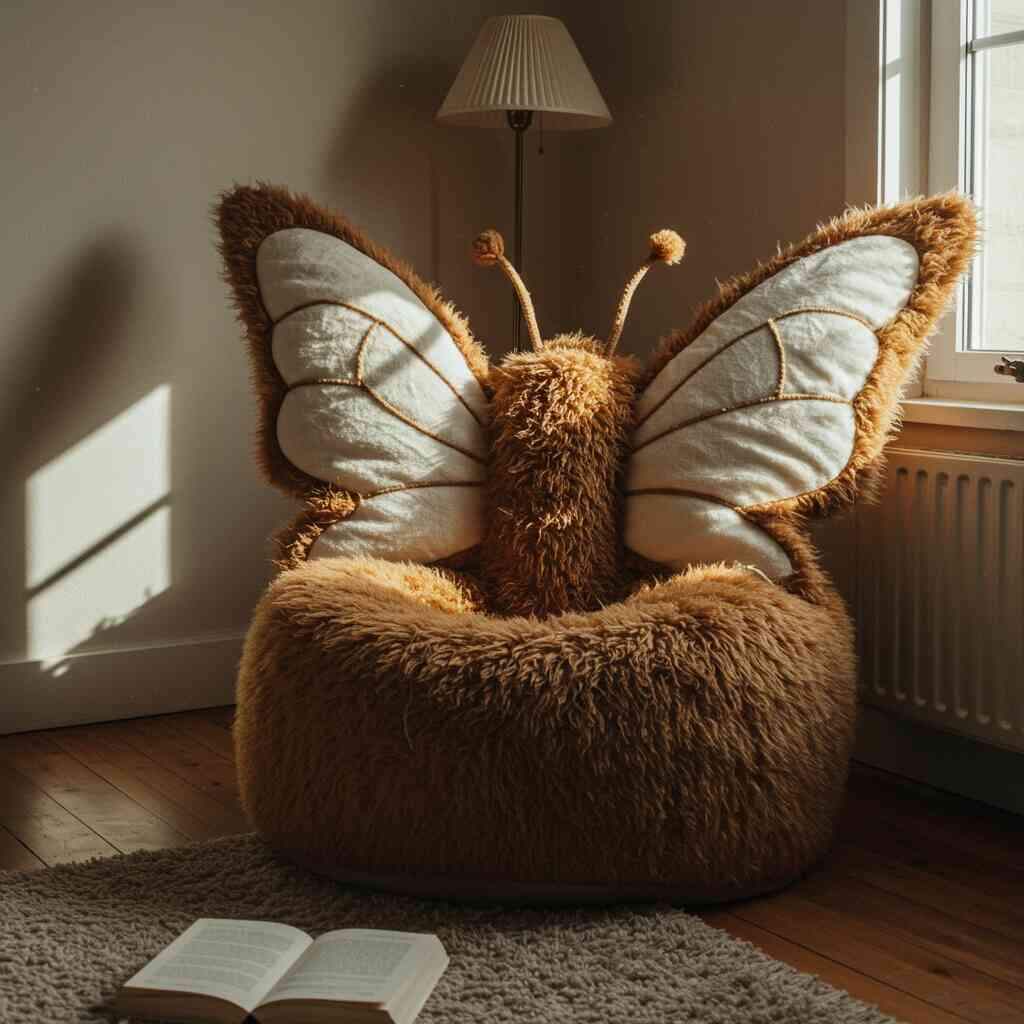
Part IV: Social Dynamics and Mindful Living
A Seat for Connection and Conversation
While the Butterfly Lounger is often celebrated as a solo seating piece, it also plays an unexpected yet powerful role in fostering connection within shared spaces. Unlike traditional sofas or large sectional arrangements that can feel impersonal or overwhelming, the Butterfly Lounger invites intimacy. Its singular form encourages one-on-one conversations, creating a sense of closeness between individuals without the barrier of excessive furniture.
Interior designers are increasingly using pairs or small clusters of Butterfly Loungers to define conversational zones within open-plan environments. Positioned facing each other with a low coffee table in between, these loungers become the perfect setting for meaningful dialogue—whether in a home living room, a boutique hotel lobby, or a quiet corner of a co-working space.
This shift reflects a growing desire for more intentional interactions in our daily lives. In an age where digital communication often replaces face-to-face engagement, physical spaces designed to encourage real conversation are becoming more valuable. The Butterfly Lounger, with its inviting posture and elegant presence, supports this return to human-centered design.
Encouraging Presence and Mindfulness
One of the most profound yet understated impacts of the Butterfly Lounger is its ability to promote mindfulness. Its design subtly encourages users to slow down, settle in, and be present. Unlike fast-paced, multi-functional furniture that demands movement or multitasking, the Butterfly Lounger offers a moment of stillness.
Its ergonomic shape naturally aligns the body into a relaxed position, reducing tension and promoting deeper breathing. The gentle curvature of the backrest cradles the spine, while the elevated armrests provide a grounding effect. These physical cues help signal to the brain that it’s time to unwind—a crucial element in cultivating mindfulness at home.
In interior settings inspired by wellness design principles, the Butterfly Lounger is often paired with calming elements such as diffusers, soft lighting, and natural textures. Together, they create micro-environments dedicated to reflection, meditation, or simply unplugging from the outside world. As people seek refuge from the constant stimulation of modern life, the lounger becomes a symbol of conscious living and self-care.
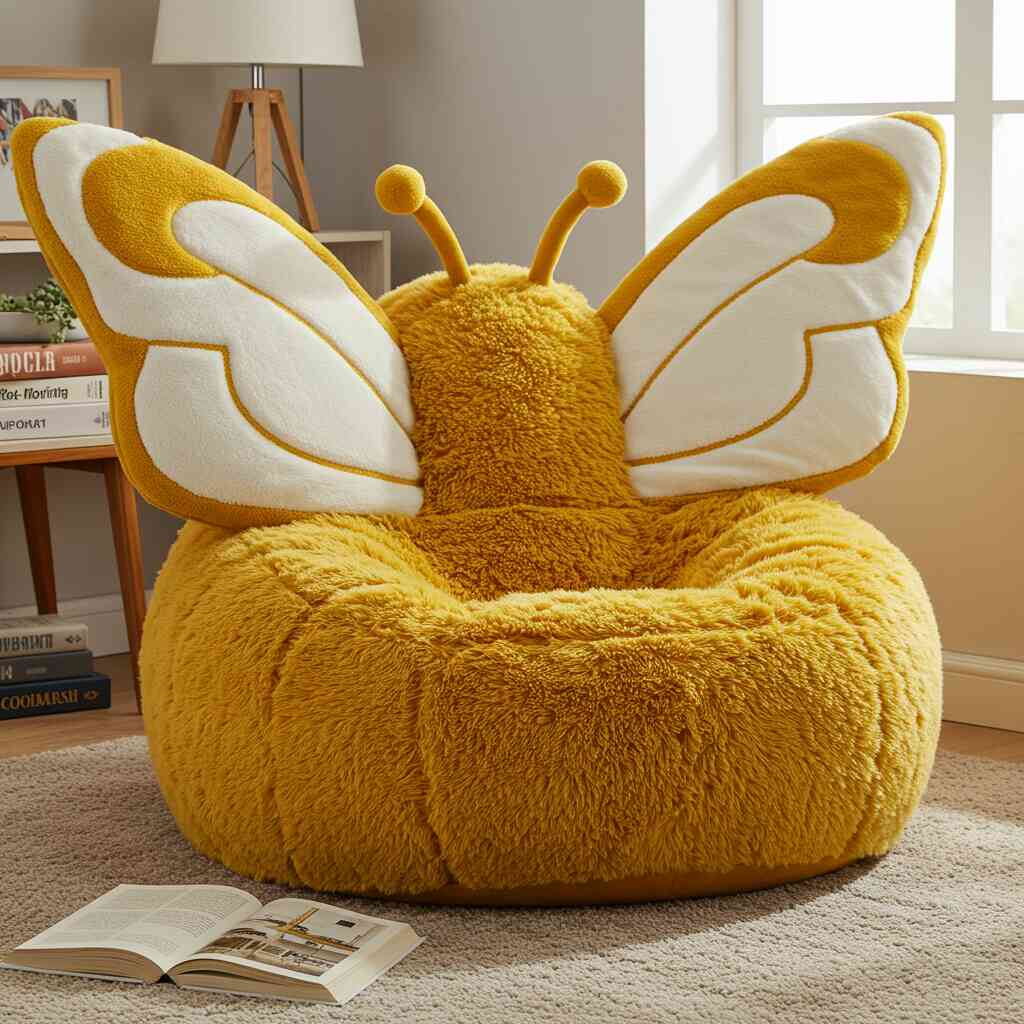
Reflecting Cultural Shifts Toward Individuality and Authenticity
The rise of the Butterfly Lounger also mirrors broader cultural trends—particularly the move toward individual expression and authenticity in personal spaces. No longer content with mass-produced, cookie-cutter interiors, homeowners and designers alike are gravitating toward pieces that tell a story and reflect personal values.
The Butterfly Lounger, with its unique silhouette and artistic appeal, fits perfectly into this narrative. It resists conformity and instead celebrates uniqueness. Whether placed in a contemporary apartment, a bohemian studio, or a heritage home, the lounger adapts without losing its identity. This adaptability makes it a favorite among those who view their homes not just as shelters, but as extensions of their personalities and lifestyles.
Moreover, the lounger’s organic lines and nature-inspired design resonate with a global shift toward sustainability and biophilic design. Consumers are increasingly drawn to furniture that feels connected to the earth, both in form and material. Many Butterfly Loungers are now being crafted using eco-friendly materials, reclaimed wood, and non-toxic finishes—an alignment with the values of environmentally conscious consumers.
A Design Icon for the New Era
What truly sets the Butterfly Lounger apart is its ability to transcend time. While many furniture trends come and go, the lounger has maintained a steady presence in design circles due to its timeless elegance and evolving relevance. It bridges the gap between past and future—drawing inspiration from mid-century design while embracing contemporary innovations in comfort and technology.
As we continue to redefine how we live, work, and connect within our spaces, the Butterfly Lounger remains a versatile companion. It’s not just a chair—it’s a vessel for experience, a canvas for expression, and a sanctuary for the soul.
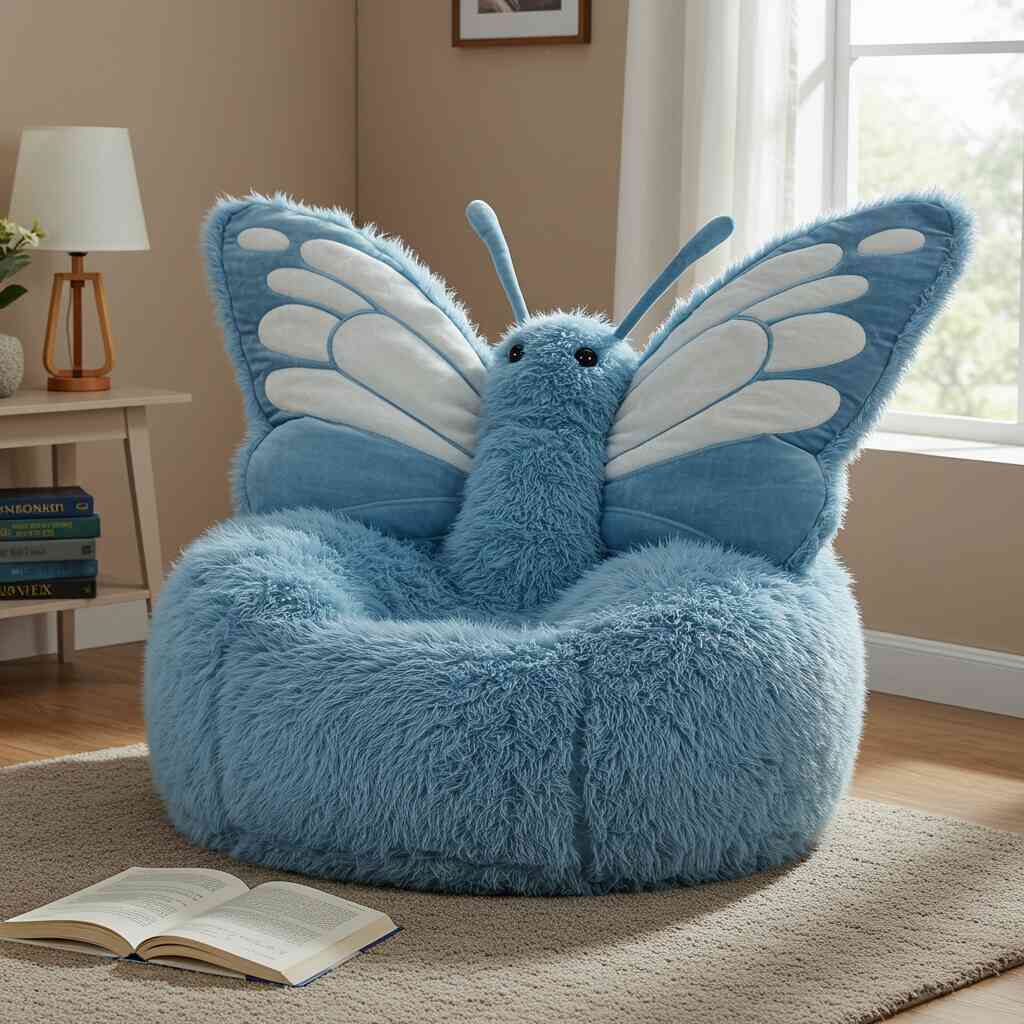
Conclusion: The Enduring Allure of the Butterfly Lounger
The Butterfly Lounger’s ascent in interior design is not merely a passing fad—it represents a convergence of aesthetics, functionality, and emotional resonance. Its sculptural elegance elevates any space, while its ergonomic design ensures lasting comfort. Beyond its physical attributes, the lounger carries symbolic weight, inviting introspection and transformation in the environments it inhabits.
As interior design continues to evolve toward more personalized, meaningful, and experiential spaces, the Butterfly Lounger stands out as a piece that fulfills multiple roles simultaneously. It is a work of art, a functional necessity, and a catalyst for emotional well-being.
Whether nestled in a cozy corner or taking center stage in a sophisticated lounge, the Butterfly Lounger continues to inspire and enchant. Its enduring appeal lies not just in how it looks, but in how it makes people feel—grounded, uplifted, and connected to something greater than themselves.
In a world where design increasingly reflects our inner lives, the Butterfly Lounger serves as a reminder that beauty, comfort, and meaning can coexist beautifully in a single, thoughtfully crafted form.